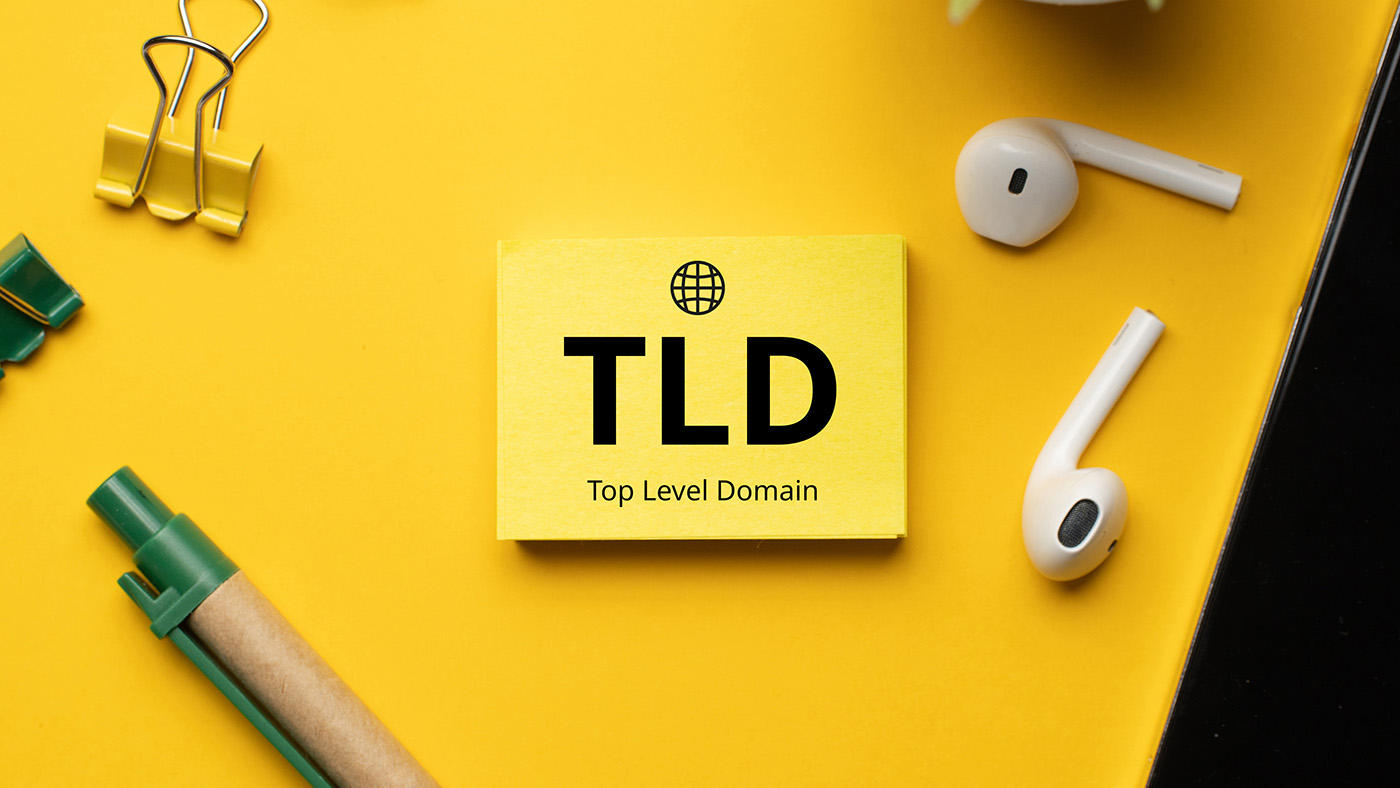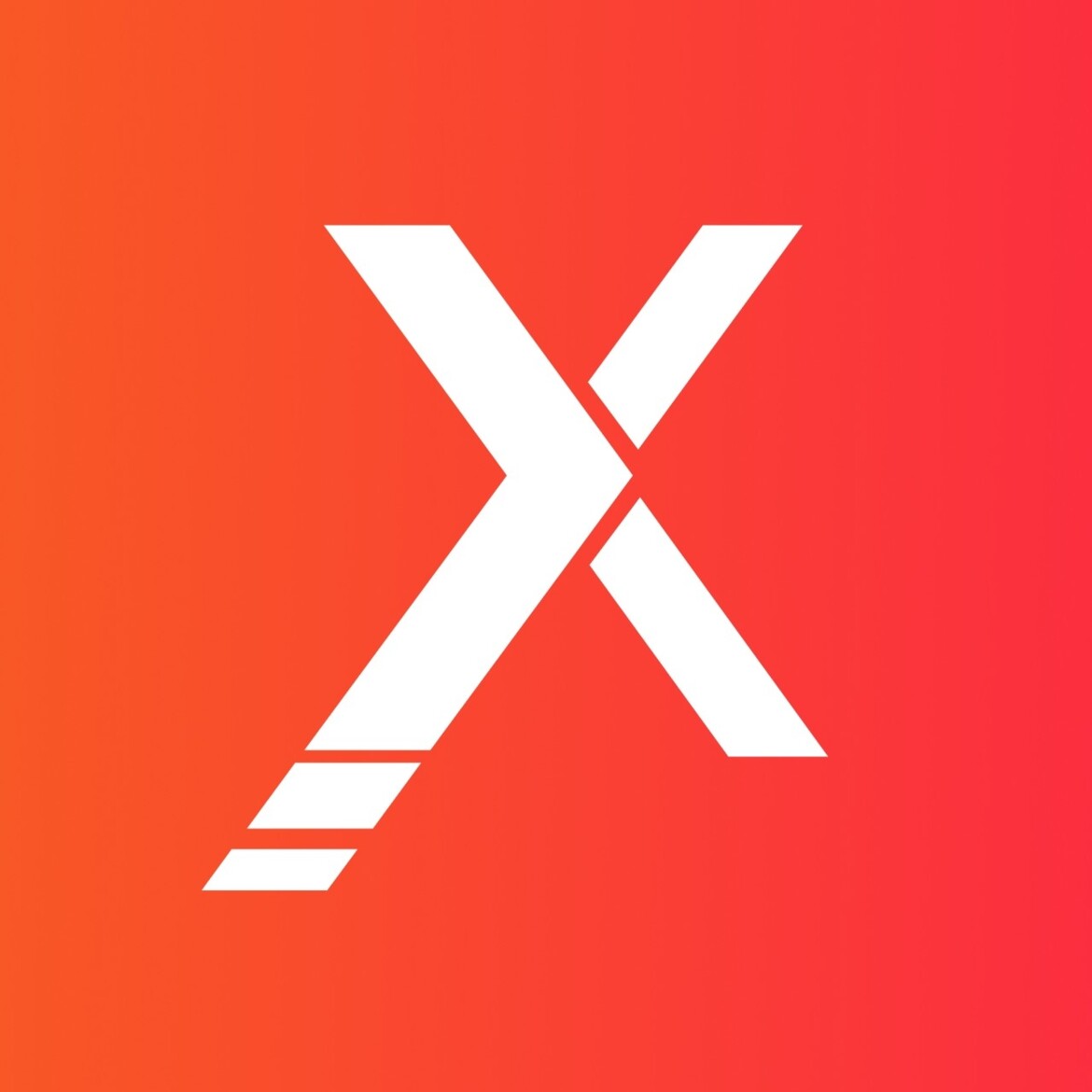The Top 10 ccTLDs Powering the European Domain Market
Discover the top ccTLDs dominating the domain market share in Europe in 2024, as presented by Simone Catania from InterNetX.

©Rawf8 | istockphoto.com
Europe is a continent with 44 nations and various cultures, languages, and economies. With more than 740 million inhabitants, Europe is known for its rich history of innovation and resilient spirit, which keeps it at the forefront of global affairs. The continent’s economies are diverse, encompassing emerging markets and established industrial powerhouses, all of which play a vital role in the global economy.
In terms of digitalization, Europe boasts a well-developed Internet sector supported by robust infrastructure, high adoption rates, and a growing community of people proficient in digital technologies. This high-speed digital ecosystem is a fertile ground for businesses that have embraced the Internet as an indispensable tool for growth and outreach. In this region, country-code top-level domains (ccTLDs) have emerged as trust and local presence markers amid the digital landscape.
We are immersing ourselves in the vibrant European virtual landscape and will investigate the top 10 European ccTLDs in 2024, which serve as the bedrock of the thriving domain marketplace across Europe. This insight is informed by the Global Domain Report 2024, the annual research conducted by InterNetX and Sedo, which aims to provide a snapshot of the current state of the domain industry.

ccTLD top global players in 2024
As a vital component of the domain industry, ccTLDs have consistently held a significant market share, amounting to approximately 30-40% of the global domain spectrum.
As of 31 December 2023, the landscape of global ccTLDs showcased an intriguing distribution. With 308 ccTLDs, including internationalized domain names, officially delegated in the root zone, the market was diverse and competitive. The top 10 ccTLDs — namely .tk (Tokelau), .cn (China), .de (Germany), .uk (United Kingdom), .ga (Gabon), .ml (Mali), .nl (Netherlands), .ru (Russia), .gq (Equatorial Guinea) and .br (Brazil) — collectively accounted for a staggering 59.3% of all ccTLD domain name registrations. This number underscores these extensions’ prominent position within the global digital space.
The European ccTLDs in the domain marketplace
As detailed in the first CENTRstats TLD Market Report of 2024, the European domain market presents a nuanced picture of growth and stability. Domains registered within EU Member States have surpassed the 82 million mark, a modest 0.4% increase over the previous year. Poland, France, and Italy led the pack regarding total market growth. The year 2023 concluded with a median growth rate of 1.4% across the 30 most prominent European ccTLDs. The domain market also saw a healthy demand ratio averaging 1.1, indicating that domain registrations are outpacing deletions.
From a financial standpoint, acquiring a European ccTLD has become more affordable, with the median registrar price dropping to €9.4, a figure noticeably lower than the €12.5 charged for a .com domain. These trends and metrics underscore a dynamic European domain landscape, colored by regional growth variations and a general inclination towards increased domain acquisition at decreasing costs.
Decoding European country codes and ccTLDs
Country codes used in the DNS don’t always match up intuitively with the English names of their corresponding nations, and here’s why. In 1985, the Internet Assigned Numbers Authority (IANA) adopted ISO 3166-1 alpha-2 codes to assign ccTLDs in the DNS to represent states, countries, and sovereign territories. However, the assignment process isn’t always straightforward and the divergences between country name and country code can be puzzling. For instance, while ‘GB’ is the alpha-2 code for the United Kingdom, British Internet users traditionally use .uk instead. Although .gb remains reserved for the UK, it’s no longer available for new registrations.
Another example is the ccTLD .ua for Ukraine, which doesn’t relate to its English country name. However, if we look at Ukraine’s name in its native language—Україна (Ukraïna)—the rationale becomes clear: .ua aligns with the first and last letters of its name in Ukrainian. Several other countries follow this pattern, favoring their native names. Germany’s .de comes from Deutschland, Spain’s .es is derived from España, and Switzerland’s .ch represents Confoederatio Helvetica (Helvetic Confederation).
Top 10 ccTLDs in Europe in 2024
Undeterred by the numerous alternate naming options, Europe relies strongly on ccTLDs with roughly 54.2% median market. The popularity of ccTLDs within this region is linked to many factors, chief among which is the perception of domain names under ccTLDs as an authentic mark of trust, guaranteeing security and safety. Thus, European ccTLD registries show strong efforts to combat DNS abuse and unlawful content.
The Global Domain Report 2024 dedicates many pages to exploring ccTLDs across differing regions, revealing fascinating insights. With this backdrop, we invite you to analyze Europe’s top ten most commonly registered ccTLDs in 2024.
#10 .be | 1.7 million domain registrations
The Belgian ccTLD has been active and available since 1989. At that time, it was common to assign management roles to individuals. Pierre Verbaeten from the Katholieke Universiteit Leuven was given this responsibility. The Internet and the demand for domain names have grown exponentially over the years, requiring a rethink of how Network Information Centers (NICs) are run. In 2000, a non-profit organization, DNS Belgium, took over managing the registry operations.
In late 2005, they launched a three-month promotion offering free domain registrations. It was a huge success, with over 17,000 registrations on the first day alone. Since 2003, the Belgian ccTLD has been used as the official logo for the Belgian federal government.
#9 .es | 2 million domain registrations
The ccTLD .es has been very popular in Spain since it was first introduced on 14 April 1988. It was officially assigned to Spain by ICANN in the same year and was initially managed by a group called RedIRIS. Later on, a public company named Red.es took over management. This ccTLD is overseen by Spain’s Ministry of Industry, Tourism, and Trade, specifically by the Secretary of State for Telecommunications and the Information Society. Over time, the rules for getting a .es domain have changed quite a bit. Between 2004 and 2005, when registering the Spanish ccTLD became more accessible and cheaper, the number of .es domains skyrocketed, tripling in just one year.
#8 .pl | 2.6 million domain registrations
Poland got its ccTLD .pl on 30 July 1990, when the CoCom embargo on technology for post-communist countries was lifted. The Polish ccTLD is overseen by NASK (Naukowa i Akademicka Sieć Komputerowa, which stands for Research and Academic Computer Network), an organization focused on research and development. In Q4 2023, .pl registrations grew and the registry reached a 72.3% renewal rate.
#7 .ch | 2.6 million domain registrations
The Swiss ccTLD .ch derives its abbreviation from the Latin name of Switzerland—Confoederatio Helvetica (Helvetic Confederation). The choice of this linguistically neutral identifier was deliberate to avoid any preference toward one of Switzerland’s four official languages. Introduced in 1987, SWITCH Information Technology Services, a Swiss foundation, oversees the .ch registry and administers Liechtenstein’s .li. The Swiss .ch is the most popular TLD in Switzerland, with almost 60% market share. 15.6% of registrations in 2023 came from abroad, and a substantial number of foreign .ch domain registrations were from Germany (28.6%) and the USA (19.9%).
#6 .it | 3.5 million domain registrations
On 23 December 1987, IANA assigned .it to a branch of the National Research Council (CNR) in Pisa, Italy. This institute registered the first .it domain: cnuce.cnr.it. Over time, several CNR institutes in Pisa managed the .it registry operations. Since 2001, the registry operations have been handled by one entity, Registro.it, which has been doing it since 2009. They work closely with important government groups, especially the Ministry of Economic Development.
#5 .eu | 3.7 million domain registrations
The European Union (EU) isn’t a country, yet it holds an ISO 3166 country code. This came about after extensive five-year talks between the EU Commission and ICANN. The ccTLD .eu was introduced to the Internet on 2 May 2005 and finally went live on 7 December 2005. Since 2014, it has been accessible inside the EU and to individuals, businesses, and organizations across the European Economic Area.
The .eu domain was further expanded to include .ею in Cyrillic letters (in June 2016) and .ευ in Greek (in November 2019). EURid is the registry in charge of managing the operations. It was established by a consortium made up of two European ccTLD operators, DNS Belgium (.be) and IIT-CNR (.it), in alignment with the European Parliament and Council regulation (Regulation (EC) No. 733/2002). Since its creation, .eu has made a substantial mark in the domain market and has become one of the top most registered ccTLDs worldwide.
#4 .fr | 4.1 million domain registrations
The French ccTLD .fr was launched on 2 September 1986. It is managed by AFNIC (Association française pour le nommage Internet en coopération, which stands for the French Association for Cooperative Internet Naming). Established in December 1997, this non-profit organization oversees the operation of .fr and other French-owned TLDs, including .re for Réunion Island and .paris. Residents of the European Union or the European Free Trade Association are eligible to register a domain under .fr. In December 2022, .fr reached the 4 million registered domain names milestone.
#3 .nl | 6.3 million domain registrations
In 2024, the Netherlands, a relatively small nation, holds the impressive rank of having Europe’s third most registered ccTLDs. The story of the Dutch ccTLD is intriguing: Piet Beertema, the system manager at CWI (the National Research Institute for Mathematics and Computer Science), approached Jon Postel, the renowned Internet pioneer, to secure a unique TLD for his country. This request was successful and, by the late 1980s, .nl was officially part of the Internet’s domain space. The historic moment arrived on 1 May 1986, when CWI registered the first-ever .nl domain, cwi.nl, marking the Netherlands’ ccTLD as the first active ccTLD outside the United States!
The stewardship of the .nl domain was taken over by SIDN (Stichting Internet Domeinregistratie Nederland or, in English, the Foundation for Internet Domain Registration in the Netherlands) from 31 January 1996. Based in Arnhem, SIDN has been instrumental in administering the Dutch ccTLD. In a pivotal move in 2003, SIDN opened the registration under .nl to anyone, local or international, regardless of whether the purpose was business or personal. This policy change spurred a surge in registrations, enabling the ccTLD .nl to hit the one million mark that year. Fast forward to today, .nl is one of the world’s largest ccTLDs and is proudly among the top three most registered in Europe.
#2 .uk | 10.7 million domain registrations
The United Kingdom was granted its ccTLD .gb on 24 July 1985 based on the ISO 3166-1 country code. JANET NRS, an organization overseeing the UK academic network name registration, had already defined .uk as their national TLD. Nonetheless, .gb was kept aside, and for some years it was used by British government organizations and commercial e-mail.
In the early days, managing the .uk domain was handled mainly by part-time volunteers, primarily from the academic sector. However, the rise of the Internet in the 1990s and the subsequent surge in domain name registrations called for a shift in the management approach. On 14 May 1996, a not-for-profit organization, Nominet UK, was established to manage the .uk registry. This organization, limited by guarantee, now oversees all .uk domain operations.
#1 .de | 17.7 million domain registrations
The German ccTLD .de is Europe’s most widely registered ccTLD, boasting almost 18 million registrations. Its high number of registrations makes it sit within the top three most registered domain extensions worldwide, behind .com and .tk.
IANA officially added .de to the DNS root zone on 5 November 1986, becoming one of the first ccTLDs on the Internet. Its characters represent the first two letters of “Deutschland”, the German name for Germany. The University of Dortmund’s Department of Computer Science initially managed the TLD for the first decade. In 1994, the torch was passed to the University of Karlsruhe. The stewardship of the German ccTLD changed hands once more in 1996 with the establishment of DENIC eG, which has since overseen the registry.
The growth of the .de extension has been nothing short of impressive. From 1996 to 1999, registrations surged from a modest 20,000 to a remarkable one million. By 2001, domains under .de had climbed to 5 million and doubled to 10 million by 2006, indicating a staggering growth rate of over 100%. About 34 years from its inception, July 2021 marked a significant milestone, with .de reaching 17 million domain registrations.
Learn about the domain industry at large
As we progress through 2024, the resilience and growth of European ccTLDs are testimonies to their vital role in a rapidly digitizing world. Amidst this evolution, technology, especially Artificial Intelligence (AI), is reshaping domain services, offering innovative domain management and strategy approaches.
Understanding the domain industry’s current landscape and future trends is indispensable. The Global Domain Report 2024 is your essential guide in this journey. This year’s focus on technology and AI delves into how these advancements revolutionize the domain scene, providing insights for businesses, tech enthusiasts, and digital marketers alike.

Download the Global Domain Report 2024 to unlock valuable insights into the domain industry’s status quo and dynamic future, highlighted by AI’s transformative power. Join us in exploring the future of domains and technology.
Simone Catania currently serves InterNetX as Global Content and Communications Manager. He is responsible for the content across InterNetX's blog and other channels and helps users understand the underpinning mechanisms behind the Internet. Simone is an ICANN fellow and member of EURALO and UASG.
Please note: The opinions expressed in Industry Insights published by dotmagazine are the author’s or interview partner’s own and do not necessarily reflect the view of the publisher, eco – Association of the Internet Industry.




